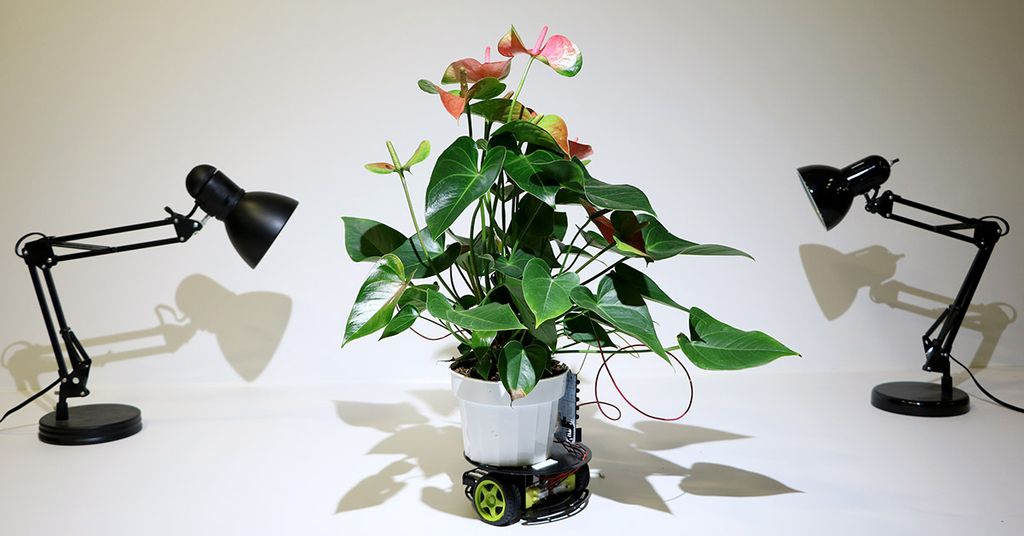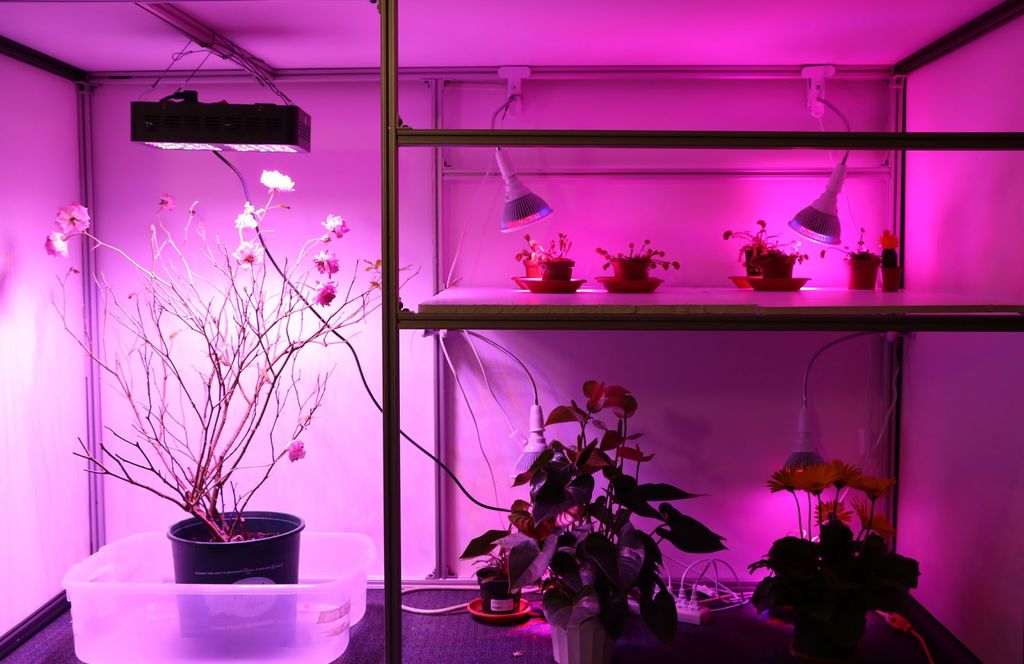Cyborg Botany: New Way Of Reducing E-Waste
Jun 27, 2019 • 70 views
Cyborg botany can be defined as the process that harnesses the natural capabilities of plants to turn them into electronic devices.

It is interesting to know that Plants can sense the environment and other living entities and regenerate, actuate or grow in response to the surrounding.Our communication and interaction channels with plant organisms in nature are subtle - whether it be looking at their color, moisture, Orientation, position of flowers, leaves and such other things.
Harpreet Sareen, an Assistant Professor at the Parsons School of Design and a research affiliate at MIT Media Lab and his research partner Pattie Maes came up with an idea that it could be possible to replace artificial devices with cyborg plants to reduce e-waste. They coined the term 'Cyborg Botany'.
Currently, the researchers came up with two projects, one is the Phytoactuators (which act as outputs) , where plant actuation triggered through a software interface and other Planta Digitalis (which act as inputs), where they hacked into the electronic signals of a Venus Flytrap(insectivorous plant) and a Mimosa Pudica in order to prove that plants can and in fact, act as displays or even motion sensors.

It has largely been considered now that the plants are immobile living organisms and are always considered stationary in their habitats or gardens. However, according to the research, plants do exhibit movements ranging from circumnutation in seedlings, tropic responses to movements of climbing plants, sleep or circadian rhythm actions.
In the Plant Digitalis, the researchers grew a conductive wire inside a plant, for which they used microelectrodes to establish contact with these wires; subsequently connecting the electrodes to tuned SMA connectors/shielded wires.
According to the researchers, while general interactions with plant organisms in nature are subtle, their work is in sharp contrast which means that a person can tell a plant to do something, and the plant can also communicate some information back.
Our goal is to merge and power our electronic functionalities with existing biological functions of living plants.
-Harpreet Sareen and Pattie Maes
